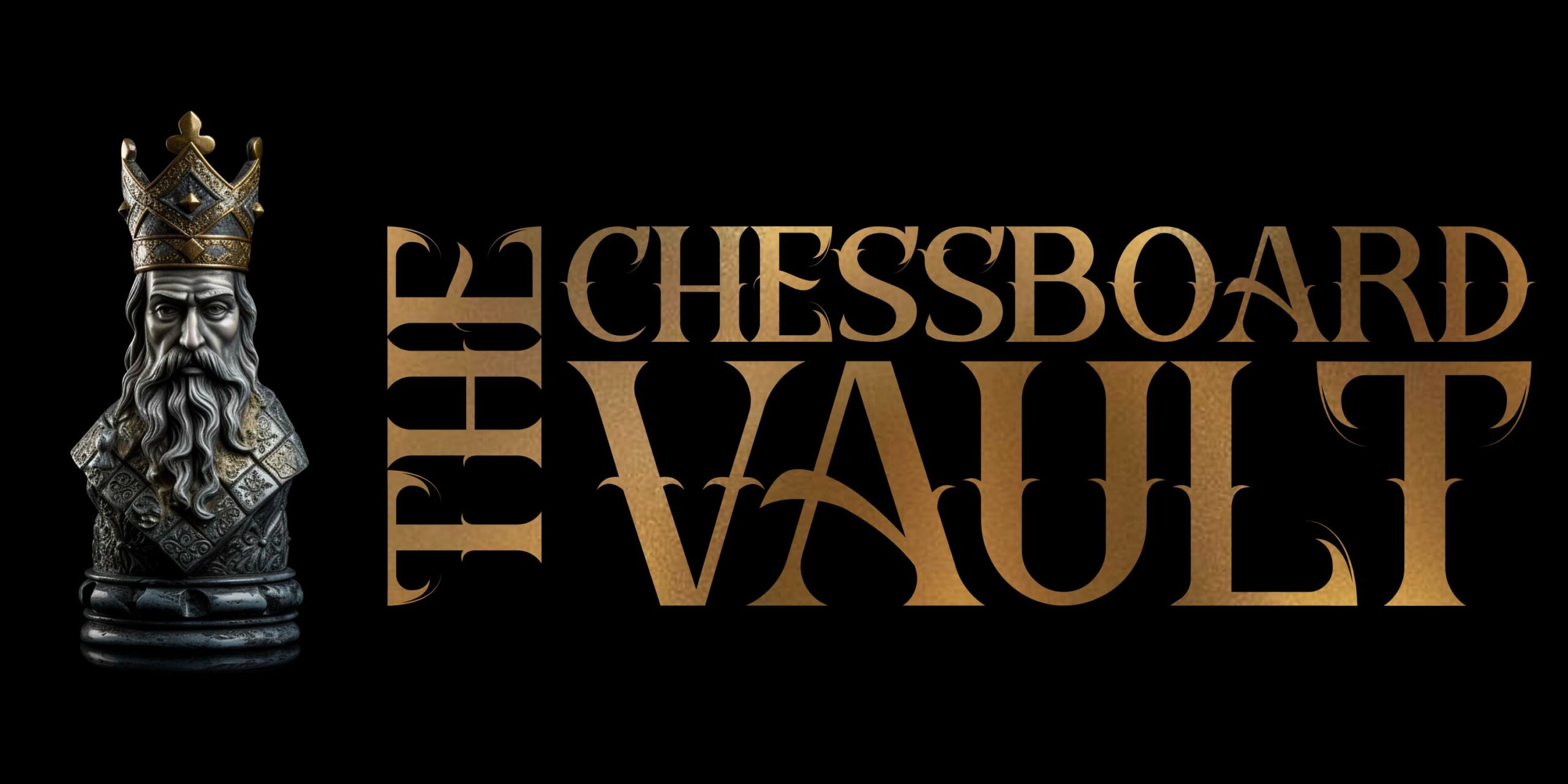Chess, an ancient game of strategy and skill, continues to captivate millions worldwide. Among the game’s many facets, chess openings hold a special place, serving as the foundation for the intricate battles that unfold on the 64 squares. For those keen on mastering this crucial phase of the game, the right resources are indispensable. In this guide, we delve into the best chess opening books, offering insights and recommendations to elevate your game from the very first move. What are the best chess opening books?
The art of chess openings is both vast and nuanced, requiring a blend of theoretical knowledge and practical skills. Choosing the right opening book can be as strategic as the game itself. Whether you’re a beginning enthusiast or a seasoned player, the perfect book can transform your understanding and approach to the game.
Our curated list features books that stand out for their depth of analysis, clarity of explanation, and relevance to modern chess play. Each recommendation is tailored to provide a comprehensive understanding of various openings, from classic gambits to contemporary systems. We focus on books that not only teach the moves but also the underlying principles, helping you build a robust and adaptable opening repertoire.

Among these top picks, you’ll find works authored by grandmasters and renowned chess coaches, each bringing their unique insights and strategies. These books are not mere collections of opening moves; they are guides to understanding the dynamics and psychology behind each opening. They equip players with the tools to make confident, informed decisions in the opening phase, setting the stage for a strong middle game.
Stay tuned as we reveal the best chess opening books, a treasure trove for anyone eager to master the art of chess openings and significantly improve their game. Whether you’re preparing for competitive play or simply seeking to enhance your understanding of chess, these books are your key to unlocking the secrets of the game’s first and arguably most crucial phase.
“Fundamental Chess Openings” by Paul van der Sterren
“Fundamental Chess Openings” by Paul van der Sterren is a comprehensive guide that serves as an indispensable resource for chess players of all levels who are looking to deepen their understanding of the game’s opening phase. With approximately 480 pages, this book offers a broad survey of all the major chess openings, making it a crucial addition to the library of any chess enthusiast.
At the heart of this book lies its clear and accessible style. Van der Sterren, a Grandmaster, brings his vast experience and insight to the forefront, breaking down complex ideas into understandable concepts. This approach makes the book equally valuable for beginners who are just starting to explore the intricacies of chess openings, as well as for more advanced players seeking to refine their opening strategies.
One of the key strengths of “Fundamental Chess Openings” is its balance between breadth and depth. While it covers a wide array of openings, it delves into each with enough detail to provide a solid understanding of the underlying principles and typical middle game structures that arise from them. This aspect is particularly beneficial for players who wish to build a versatile and robust opening repertoire.
The book is organized in a manner that is intuitive and easy to navigate, with each opening and its main variations presented in a clear and systematic way. Van der Sterren not only outlines the main moves and strategies but also explains the reasoning behind them, helping players grasp the tactical and strategic themes that are pivotal in chess openings.
Furthermore, “Fundamental Chess Openings” is known for its practicality. It does not overwhelm the reader with excessive theory but rather focuses on the essential knowledge required to play each opening effectively. This approach helps players to not only memorize specific moves but also to understand the ideas behind them, enabling them to adapt and make informed decisions during their games.
In summary, “Fundamental Chess Openings” stands out as a thorough, well-structured, and insightful guide, making it a must-have for anyone serious about improving their opening play in chess.
“Modern Chess Openings, 15th Edition” by Nick de Firmian
Modern Chess Openings, 15th Edition,” authored by Nick de Firmian, is a seminal work in the realm of chess literature, often hailed as the definitive guide to chess openings. This edition, updated and refined, continues to serve as an indispensable resource for chess players, from club enthusiasts to professional grandmasters.
Spanning over 768 pages, the book’s comprehensive coverage of all major chess openings makes it a fundamental reference for players seeking to understand and master the complex world of opening theory. De Firmian, a Grandmaster and three-time U.S. chess champion, brings a wealth of experience and expertise, ensuring that the content is both authoritative and relevant to the evolving nature of modern chess.
The 15th edition of “Modern Chess Openings” is particularly notable for its meticulous attention to the latest trends and developments in chess. The book captures the dynamism of contemporary chess, incorporating new theories, variations, and ideas that have emerged in recent years. This up-to-date approach is invaluable for players who aim to stay abreast of the ever-changing landscape of chess openings.
In addition to its exhaustive repertoire, the book excels in clarity and precision. De Firmian’s explanations of various openings are concise yet thorough, providing insights into the strategic and tactical motifs underlying each move. The book is structured in a way that facilitates easy navigation, allowing players to quickly find information on specific openings or variations.
Moreover, “Modern Chess Openings” balances theoretical depth with practical application. It not only presents the moves but also explains the principles and plans associated with each opening. This approach empowers players to understand the rationale behind the moves, enabling them to adapt and make intelligent decisions during their games.
In conclusion, “Modern Chess Openings, 15th Edition” stands as a monumental work in the field of chess literature. Its blend of comprehensive coverage, contemporary relevance, and insightful analysis makes it an essential tool for anyone serious about deepening their understanding of chess openings and enhancing their overall gameplay.
“My First Chess Opening Repertoire for White” by Vincent Moret
“My First Chess Opening Repertoire for White” by Vincent Moret is a standout title among the best chess opening books, particularly for those at the beginning stages of their chess journey. The book offers a well-structured and accessible introduction to building an effective opening repertoire as White, making it an invaluable resource for newcomers and intermediate players alike.
Spanning roughly 272 pages, this book stands out for its clear and practical approach. Moret, an experienced chess coach, understands the challenges that new players face. He addresses these by providing a focused, easy-to-understand repertoire that avoids overwhelming the reader with excessive theory. This approach is ideal for players who want to learn solid, foundational openings without getting lost in the myriad complexities of opening theory.
The repertoire presented by Moret is not just a set of moves but a comprehensive learning experience. He explains the strategic ideas and plans behind each opening, helping readers understand the ‘why’ behind the ‘what.’ This depth of explanation is a crucial element that sets it apart in the category of the best chess opening books, as it aids players in developing a deeper understanding of the game.
“My First Chess Opening Repertoire for White” also excels in its practicality. Moret has carefully selected openings that are not only effective and sound but also lead to the types of positions that help players improve their overall chess skills. This aspect is particularly beneficial for those who aim to build a strong foundation for their future chess development.
Furthermore, the book is peppered with useful tips, tricks, and advice, adding an extra layer of learning for readers. Moret’s engaging writing style and the inclusion of illustrative games make the learning process both informative and enjoyable.
In summary, “My First Chess Opening Repertoire for White” by Vincent Moret is a gem among the best chess opening books, especially for those new to the world of chess. Its blend of simplicity, strategic depth, and practical advice makes it a must-read for players looking to establish a strong opening game as White.
Conclusion
In conclusion, the world of chess opening literature is both vast and varied, offering a wealth of knowledge for players of all skill levels. The books discussed – “Fundamental Chess Openings” by Paul van der Sterren, “Modern Chess Openings, 15th Edition” by Nick de Firmian, and “My First Chess Opening Repertoire for White” by Vincent Moret – each bring unique insights and approaches to mastering this critical phase of the game. They stand out as exemplary representatives in the category of the best chess opening books, catering to a wide spectrum of players, from beginners to advanced strategists.
“Fundamental Chess Openings” provides an accessible yet comprehensive overview, ideal for players who seek a broad understanding of opening principles. Van der Sterren’s clear exposition makes complex concepts approachable, offering a solid foundation for players at all levels. “Modern Chess Openings,” on the other hand, is a treasure trove for those looking to delve into the nuances of contemporary opening theory. Its detailed analysis and up-to-date coverage make it an essential guide for serious chess enthusiasts and competitors.
For beginners, particularly those looking to build a strong and practical opening repertoire as White, “My First Chess Opening Repertoire for White” by Vincent Moret is a perfect starting point. Moret’s focus on foundational principles, coupled with his engaging teaching style, makes the learning process both effective and enjoyable.
Together, these books provide a comprehensive guide to the fascinating world of chess openings. They not only equip players with specific move sequences but also deepen their understanding of the strategic and tactical elements of the game. Whether you’re a beginner seeking to learn the basics or an advanced player aiming to refine your opening repertoire, these books offer invaluable insights and knowledge.
In the end, the journey through chess openings is as rewarding as it is challenging. These books are your companions on this journey, each offering a unique perspective to help you navigate the intricate and beautiful world of chess strategy.

